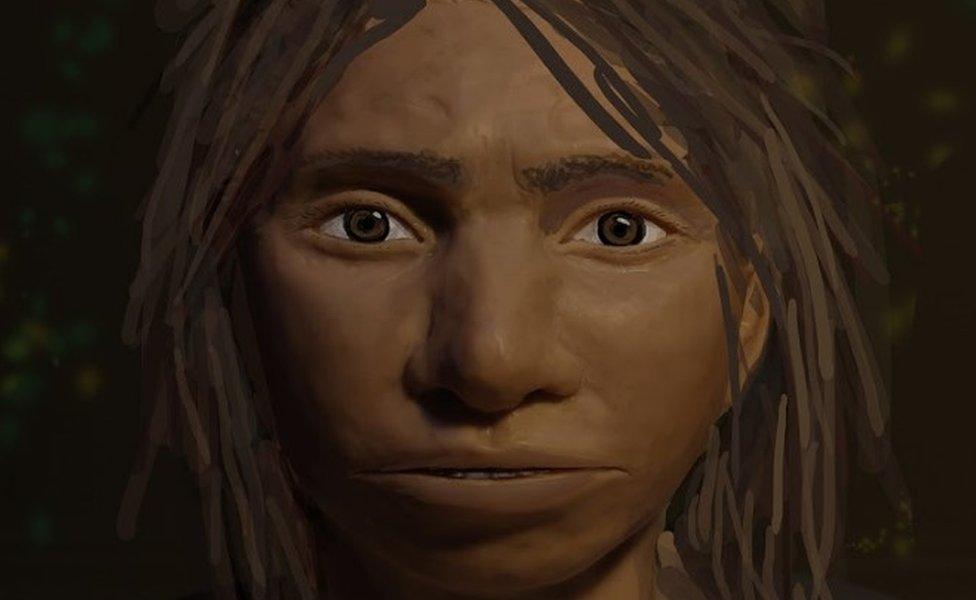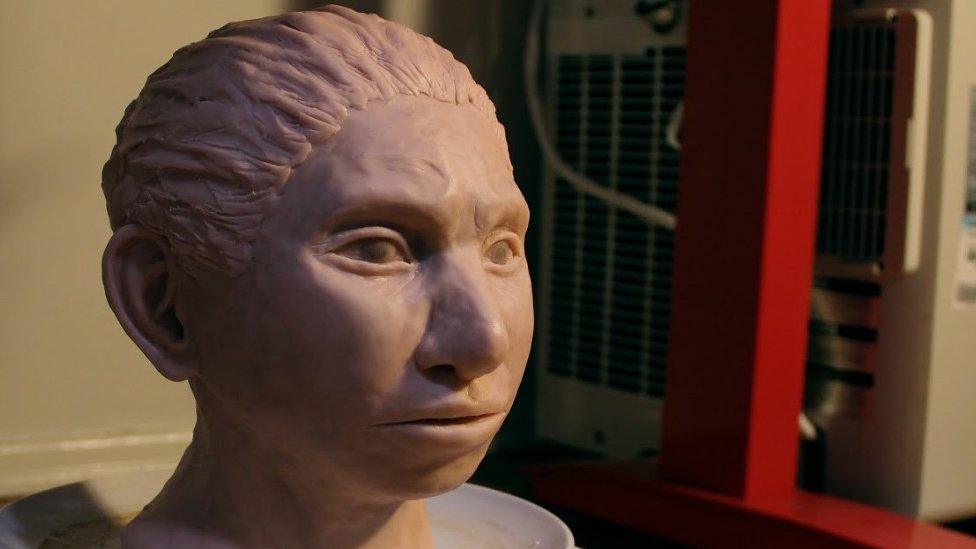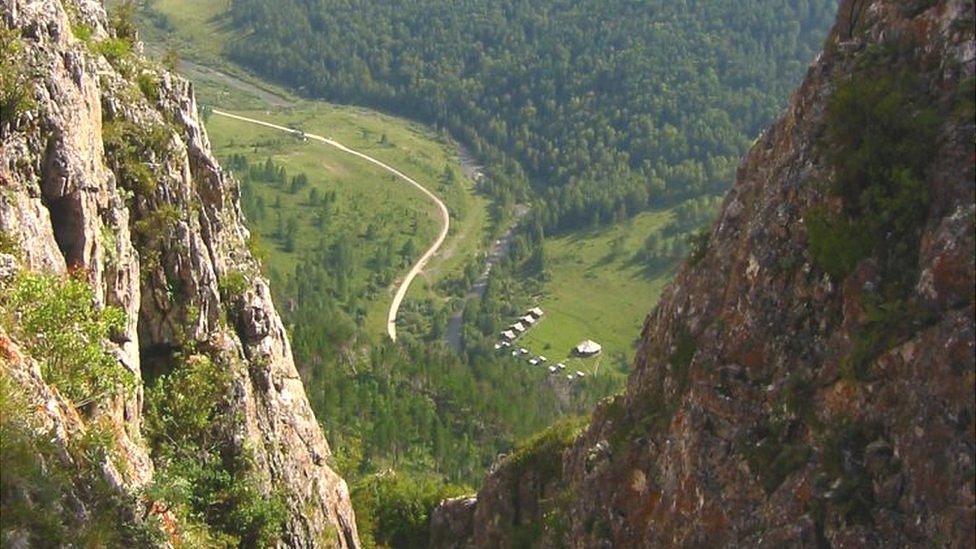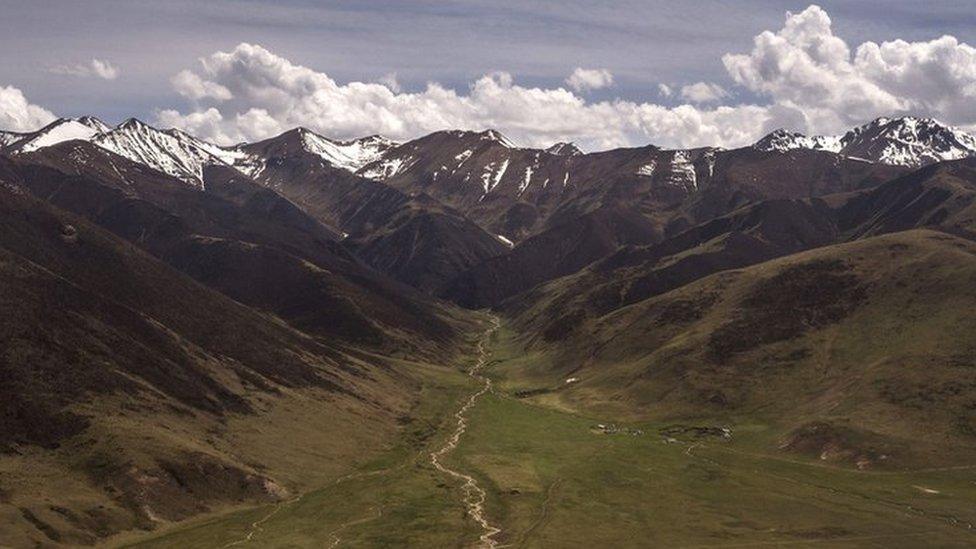Denisovans: Face of long-lost human relative unveiled
- Published

Denisovans are believed to have become extinct around 50,000 years ago
Researchers have provided the first glimpse of what an ancient group of humans looked like.
Denisovan remains were discovered in 2008 and human evolution experts have become fascinated with the group that went extinct around 50,000 years ago.
One of the biggest questions had been over their appearance, with no full sketches of the Denisovan drawn up.
But now a team of researchers have produced reconstructions of our long-lost relatives.
Who were the Denisovans?
Around 100,000 years ago there were several different groups of humans including modern humans, Neanderthals and Denisovans.
"In many ways, Denisovans resembled Neanderthals but in some traits they resembled us and in others they were unique," said Prof Liran Carmel, a researcher at the Hebrew University of Jerusalem.
Denisovans are thought to have been based in Siberia and eastern Asia.
Scientists have found evidence that the Denisovans lived at high altitudes in Tibet, passing on a gene that helps modern people cope at similar elevations.
It is not yet known why they disappeared.

Denisovans shared the planet with modern humans and Neanderthals
They only came to the attention of the world after archaeologists investigated remains in a cave in Siberia little over a decade ago.
So far, the only Denisovan remains discovered are three teeth, a pinky bone and a lower jaw.
About 5% of the ancestry of people from Oceania can be traced to Denisovans, according to studies.
What do the new reconstructions tell us?
The reconstructions - based on complex DNA analysis of Denisovans, Neanderthals, Chimpanzees and humans - show that the Denisovan skull was probably wider than that of us or Neanderthals. They also appeared to have no chin.
The experts predict many Denisovan traits that are similar to that of Neanderthals including a sloping forehead, long face and large pelvis, and others that are unique among humans, like a large dental arch.
Prof Carmel told the BBC he was delighted to find that some of their predictions had been confirmed by the discovery of a Denisovan jawbone by separate researchers.
"The jawbone was reported and we were very excited to see how it matched. It was kind of an independent confirmation of our method," he said.
The reconstructions were just the start in Denisovan research, Prof Carmel said.
"They were humans very similar to us so pointing out the differences between us is critical to understand what makes us human and what might have led to the way we adapted to the world," he said.
- Published22 August 2018

- Published1 May 2019
